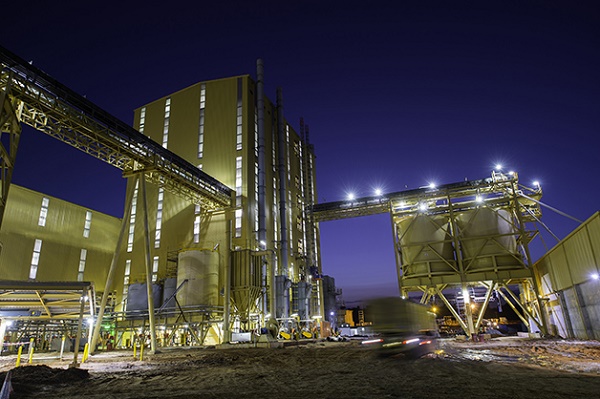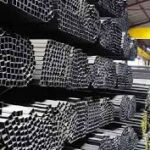Kenya’s economic sectors faced notable challenges in the third quarter of 2024, as indicated by the Producer Price Index (PPI) released by the Kenya National Bureau of Statistics (KNBS). The report reveals a 3.64% year-on-year decline in producer prices, with the index dropping from 140.35 in Q3-2023 to 135.24 in Q3-2024. This sharp drop reflects a broader industry slowdown as several key sectors experience declining prices and weakened demand.
The overall year-on-year contraction marks a significant reversal compared to the previous year, which saw a substantial 9.83% increase in producer prices in September 2023. The continued downward trend was largely driven by sharp declines in major sectors like Mining and Quarrying, Manufacturing, and Electricity, Gas, Steam, and Air Conditioning Supply. For example, the Mining and Quarrying sector registered the largest year-on-year contraction at -7.4%, while the electricity and gas sector followed closely with a -7.2% decline.
Table 1: Year-on-Year Industrial Producer Inflation Rates by Sector (Q3 2024)
| Sector | Dec 2023/Dec 2022 | Mar 2024/Mar 2023 | Jun 2024/Jun 2023 | Sept 2024/Sept 2023 |
|---|---|---|---|---|
| Mining and Quarrying | 14.7% | 3.2% | -5.0% | -7.4% |
| Manufacturing | 8.7% | 6.1% | -1.4% | -3.3% |
| Electricity, Gas, Steam & Air Conditioning | 24.2% | 23.5% | -5.6% | -7.2% |
| Water Supply, Sewerage & Waste Management | 0.0% | 6.5% | 8.5% | 8.5% |
One of the most affected areas in the manufacturing sector was Mining of Metal Ores, which recorded a significant year-on-year contraction of -13.49%. The sharp decline in producer prices for this sector is symptomatic of the ongoing global volatility in commodity prices and weakened demand for Kenyan mineral exports. Additionally, the Manufacture of Pharmaceuticals registered a major decline of -16.54%, reflecting broader challenges in both the supply chain and market demand for these products.
Despite these negative trends, some sectors showed resilience. The Water Supply, Sewerage, and Waste Management sector posted an impressive 8.5% year-on-year increase, driven by rising operational costs and increased demand for services. This suggests that while most industries faced pricing pressures, essential services like water supply remained in demand and faced upward cost pressures.
In terms of quarterly performance, there was some mixed news. Certain manufacturing sectors posted marginal growth, particularly in areas like the manufacture of motor vehicles, which showed a 6.36% increase over Q2 2024. Similarly, the manufacture of other non-metallic mineral products saw a remarkable 32.51% year-on-year price increase, suggesting strong demand in specific niches.
Table 2: Quarterly Change in Key Manufacturing Sectors in Q3 2024
| Industry Sector | % Change over Q2 2024 | % Change over Q3 2023 |
|---|---|---|
| Mining of Metal Ores | -7.84% | -13.49% |
| Manufacture of Food Products | -1.97% | -13.39% |
| Manufacture of Pharmaceuticals | -2.67% | -16.54% |
| Manufacture of Basic Metals | -7.87% | -0.07% |
| Manufacture of Motor Vehicles | 6.36% | 5.62% |
Meanwhile, the Building and Construction sector remained somewhat stable, as it typically follows longer investment cycles. Although there were minimal changes in the cost of construction materials, the broader decline in industrial output may pose long-term challenges for related sectors if the pricing trends do not stabilize.
The Electricity, Gas, and Steam sector, traditionally a backbone for industrial production, continues to face significant headwinds. The sector’s -7.2% year-on-year decline reflects challenges in energy pricing and supply, which could have knock-on effects for other industrial sectors reliant on affordable and stable energy sources.
Ultimately, the PPI report provides a detailed snapshot of the ongoing challenges Kenya’s key industrial sectors face, particularly as they navigate through a volatile global economic environment. While certain areas like water supply and niche manufacturing sectors have shown resilience, the broad decline in producer prices suggests that the country’s industrial recovery may take longer than initially anticipated.





